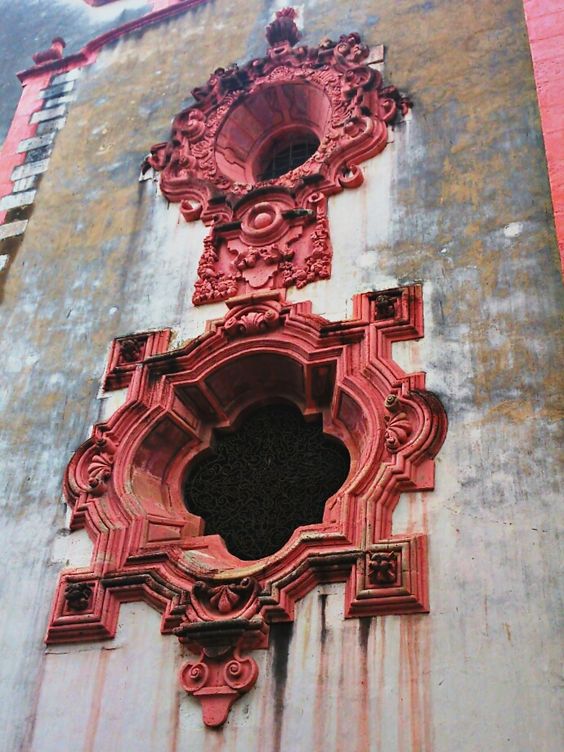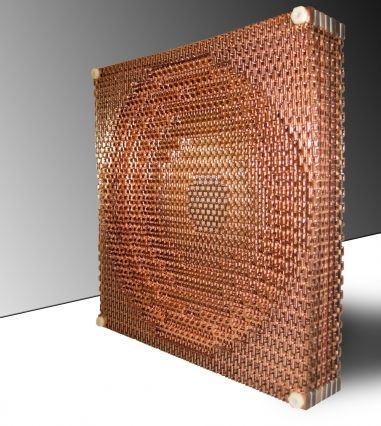FORM
COMPOSITION AND ABSTRACTION:
By ‘static quality’, Pirsig doesn’t refer to something that lacks movement in the Newtonian sense of ‘static’ (he agreed with me that the word ‘stable’ would have been better because of this ambiguity), but refers to any repeated arrangement – that is, to any pattern that appears long enough to be noticed within the flux of immediate experience – whether inorganic (for example, chemicals, forces), organic (plants, animals), social (cities, ant nests), or intellectual (thoughts, ideas).
THE 4 LEVELS OF PATTERN:
inorganic (for example, chemicals, forces), organic (plants, animals), social (cities, ant nests), or intellectual (thoughts, ideas).These are different ways of depicting morphic units. The adjective morphic (from the Greek root morphe`=form) emphasizes the aspect of structure, and the word unit the unity or wholeness of the system.
In 1970, French molecular biologist Jacques Monod proposed what he called the “abstract kingdom” — a conceptual place analogous to the biosphere, populated by ideas that propagate much like organisms do in the natural world. Monod wrote:
Ideas have retained some of the properties of organisms. Like them, they tend to perpetuate their structure and to breed; they too can fuse, recombine, segregate their content.
" Morphogenesis does not take place in a vacuum. It can only begin from an already organized system which serves as a 'morphogenetic germ'. During morphogenesis a new higher-level morphic unit comes into being around this germ, under the influence of a specific morphogenetic field. So how does this field become associated with the morphogenetic germ to start with?
" The answer may be that just as the association of material systems with gravitational fields depends upon their mass, and with electromagnetic fields on their electrical charge, so the association of systems with morphogenetic fields depends on t
![]()
![]()
![]()
" The answer may be that just as the association of material systems with gravitational fields depends upon their mass, and with electromagnetic fields on their electrical charge, so the association of systems with morphogenetic fields depends on t



The automatic averaging of past forms will result in a spatial probability distribution within the morphogenetic field, or in other words, a probability structure...The probability structure of a morphogenetic field determines the probable state of a given system under its influence in accordance with the actual states of all similar systems; the most probable form the system will take up is that which has occurred most frequently already."
LINEAGE OF WHAT PEOPLE MAKE
HOW THEY DECORATE
LINEAGE OF WHAT PEOPLE MAKE
HOW THEY DECORATE